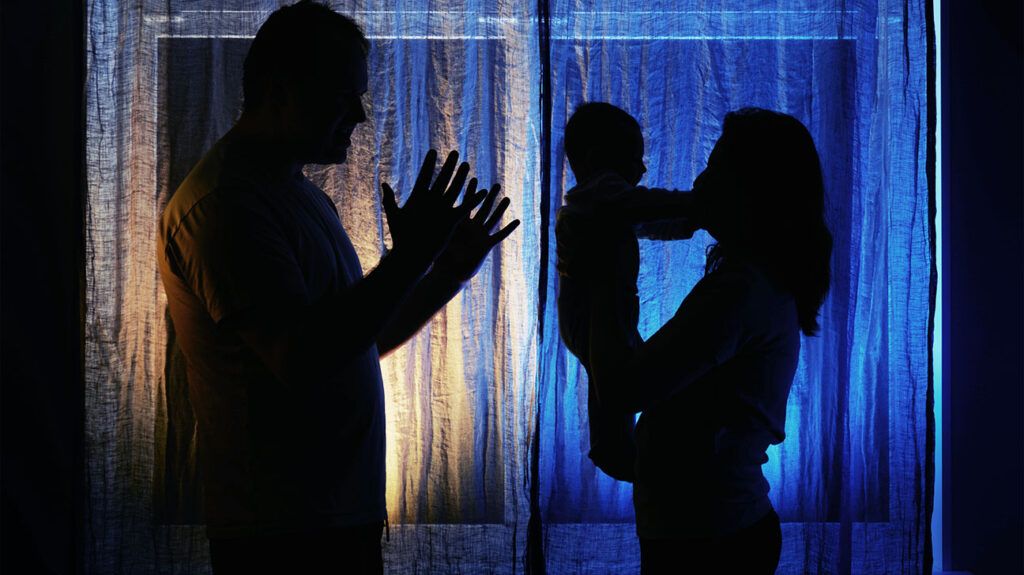Amyotrophic lateral sclerosis (ALS) cannot spread through contact or proximity, so it is not contagious. Most cases of ALS occur without a known trigger or reason, although some cases occur due to genetic mutations, which a person can inherit.
Amyotrophic lateral sclerosis (ALS), also known as Lou Gehrig’s disease, is a progressive neurodegenerative disorder that affects nerve cells in the spinal cord.
This condition leads to the gradual degeneration and death of certain types of motor neurons responsible for controlling voluntary muscle movements.
As these neurons die, people with ALS experience increasing muscle weakness and atrophy, eventually losing the ability to speak, eat, move, and breathe independently.

ALS is neither contagious nor infectious. A person cannot spread it to another individual through any form of contact.
It is important to differentiate between communicable diseases, which someone can transmit to others, and hereditary conditions, which a parent
Examples of contagious diseases include the flu, common cold, and COVID-19. In some cases, ALS is an inherited hereditary condition.
Inherited conditions do not spread through contact or proximity. Genetic mutations or abnormalities cause them.
Therefore, although a person can inherit genes that may play a role in ALS, the condition is not contagious, and an individual cannot transmit it through contact.
Read more about whether ALS is hereditary.
Researchers
There are two main types of ALS: sporadic and familial. Here is a breakdown of the causes relating to each type.
Sporadic ALS
Sporadic ALS accounts for around
- Environmental factors: Exposure to certain environmental toxins, such as pesticides, heavy metals, and chemicals, may increase the risk of developing ALS.
- Military service: A
2020 systematic review suggests a limited association between ALS and veterans, particularly those who served in the Gulf War. Possible reasons include exposure to environmental hazards, physical trauma, or stress. - Head trauma: There may be a link between severe head injuries and an increased risk of ALS.
Not all genetic conditions are inherited. Sometimes other factors, such as environmental toxins,
Familial ALS
Familial ALS accounts for about
- C9orf72: Mutations in the C9orf72 gene are the most common genetic cause of ALS. This gene’s atypical expansion leads to the production of toxic proteins that contribute to neuron — nerve cell — death.
- SOD1: Mutations in the SOD1 gene are another common cause of familial ALS. This gene provides instructions for making a protein that helps break down toxic superoxide radicals, which
can play a role in certain diseases. - TARDBP and FUS:
Research links mutations in these genes to ALS. They have a role in processes, such as gene expression regulation, whichturns a gene’s encoded information into a function.
The risk factors for ALS vary and can include genetic and environmental components. While researchers do not always know the risk factors for the condition, they have identified several factors that
- Age and sex: ALS is more common in people ages 55 to 75, and males are slightly more likely to develop the disease than females.
- Certain occupations: Jobs that involve exposure to lead or other harmful substances may increase the risk of ALS.
- Ethnicity: Some research suggests that ALS is more common in white and non-Hispanic populations.
- Head injury exposure: People who are more likely to experience concussions, such as people who play contact sports, may have a
higher risk of developing ALS. - Smoking: Smoking may be another potential environmental risk factor.
Preventing ALS is currently
Understanding and reducing risk factors through lifestyle changes, genetic counseling, and environmental precautions may also be beneficial.
For example, people can take steps to reduce their exposure to harmful chemicals or toxins, quit smoking, if applicable, and protect the head from trauma in necessary environments.
Continued research is essential to uncovering the underlying causes of ALS and developing effective preventive measures in the future.
Consulting a doctor is crucial if someone experiences ALS symptoms. Early diagnosis and intervention can help manage symptoms and improve quality of life.
People can speak with a healthcare professional if they notice any of the
- weakness in one part of the body, such as an arm or leg, especially if progressive
- muscle atrophy
- coordination problems
- walking difficulties
- slurred speech or difficulty articulating words
- swallowing problems
- drooling
- frequent involuntary muscle twitching or spasms
- muscle cramps
- difficulty with memory, problem-solving, or other cognitive functions
Amyotrophic lateral sclerosis (ALS) is not contagious, and a person with the condition cannot transmit it to someone else. However, it can pass from parent to child through inherited genetic mutations.
Most people who develop ALS do not have a clear risk factor. Risk factors may include occupational exposure to certain chemicals and heavy metals or head injuries.
Research is ongoing to better understand the exact mechanisms and risk factors relating to ALS. This may eventually lead to more effective treatments and preventive measures.
